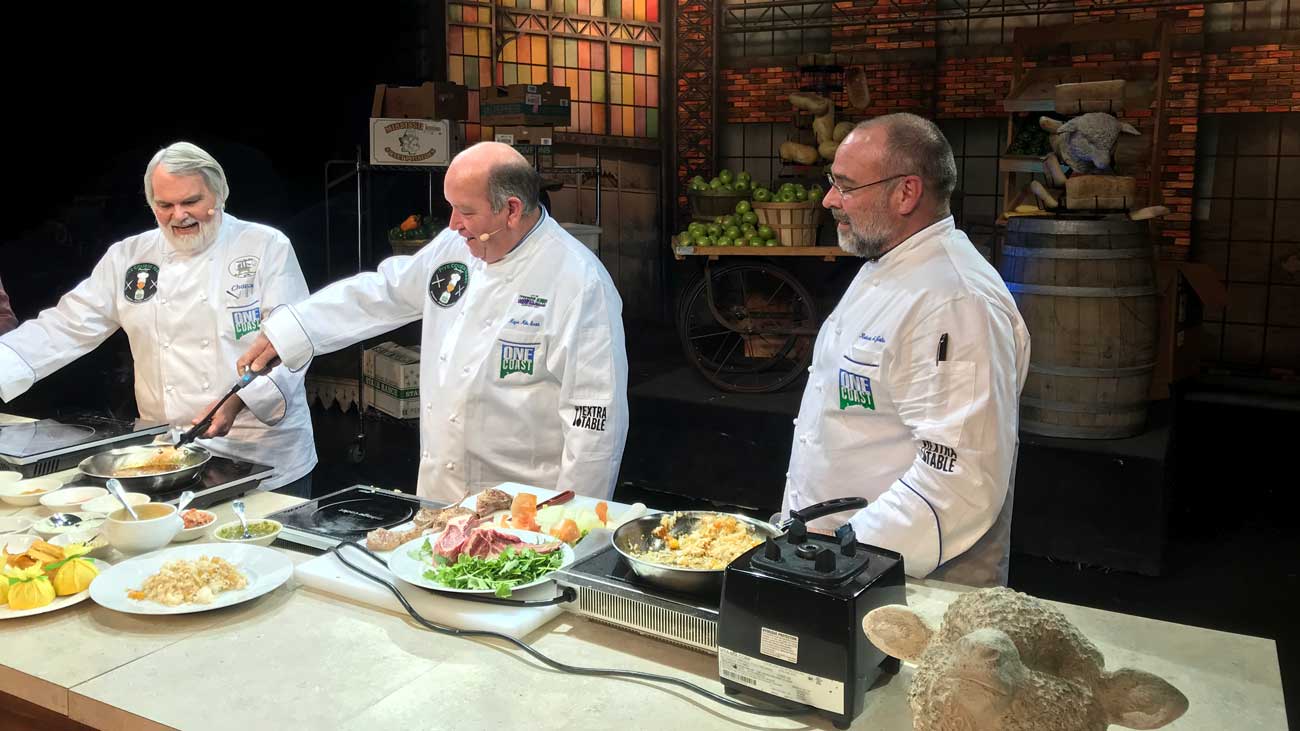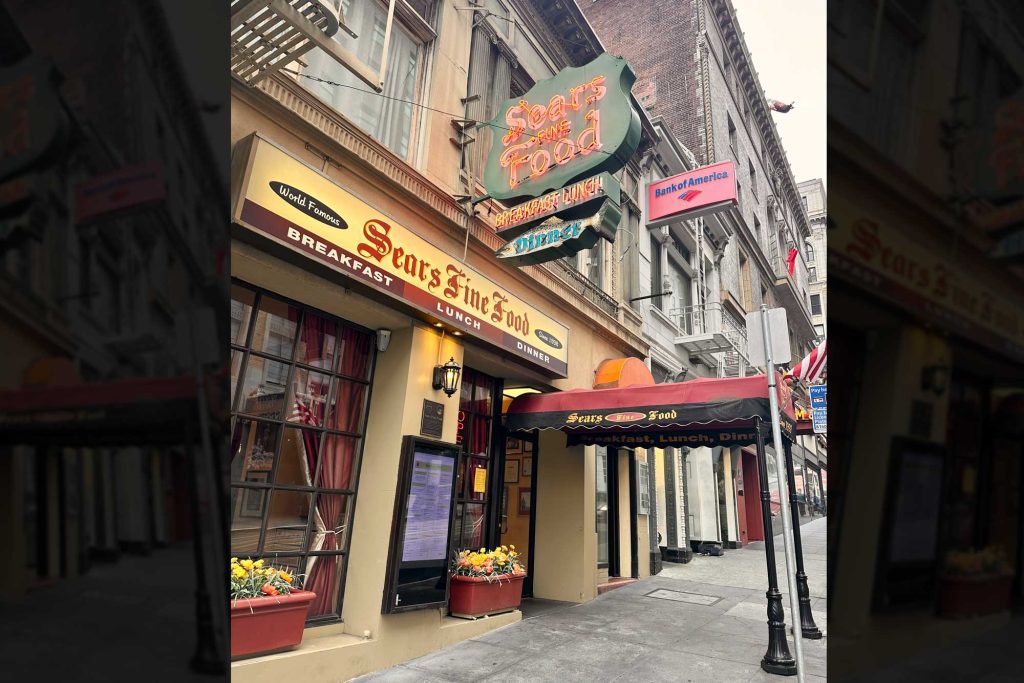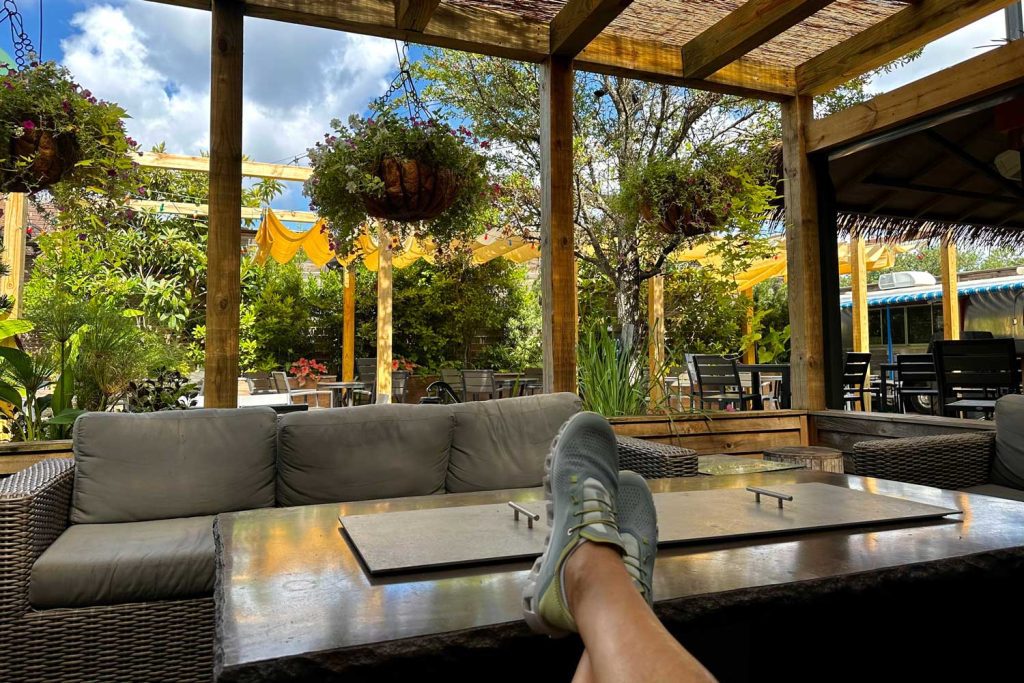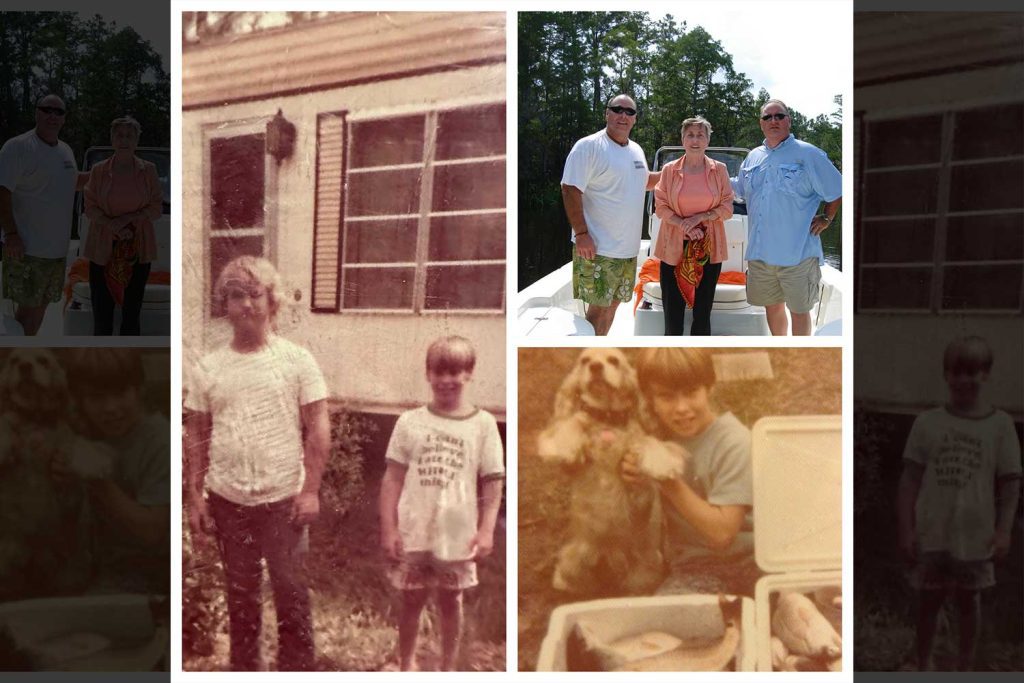This is one of my favorite times of year.
It’s not because of football season, or due to the air getting cool and crisp. It has nothing to do with leaves changing or days getting shorter.
Actually, “this time of year” could actually happen in winter spring, summer, or fall in any month in any temperature. This is cookbook-testing time.
Of the eight books I’ve written, five and a half were cookbooks. That means on six occasions I spent several months working with chefs in our kitchens— not to serve customers in the dining rooms, but— to develop and test recipes for books that would be used to prepare meals in home kitchens.
We have just started the recipe-testing phase of the new Italian cookbook. This book will be different than all of the others because it was conceived and developed overseas. My friend and collaborator, the uber-talented watercolor artist, Wyatt Waters, joined my family and me last year in Italy. For 10 weeks he painted every day as I ate and researched Italian food.
This time last year we were in Tuscany assimilating into a little town called Barbarino Val d’Elsa. I was cooking with the locals and he was painting the countryside and the people. That was phase one.
Phase two, the recipe-testing phase, began last week. Typically, I start with a list of 100-150 recipe titles that I want to include in the book. Then I sit down with one of my chefs— this time Chef Jeremy Noffke will be leading the testing team— to discuss the recipes, and devise a strategy to move forward.
The list is typically a document that has been in the works for a while. It includes recipes I have developed through the years, recipes I have seen, eaten, or heard about, and recipes that are just concepts and ideas in my mind.
In the initial strategy sessions, the chef and I talk about ingredients and procedures. I give them recipes that I have already created— in this instance, several recipes I developed for our Italian restaurant. We talk about scaling those down to portions that will serve six to eight people, and what changes will need to be made for people cooking in a home kitchen as opposed to a restaurant kitchen.
The first recipes to be tested are usually one or two of the base recipes that tend to be repeated throughout the book and will be used in other dishes. My buddy Wyatt always likes to start one of his works by “painting the thing that interests me most.” Recipe testing is similar as I usually start testing the recipe that excites me most.
Sometime during this process I will begin to categorize the recipes and chapters will begin to develop. In previous books, chapters have come easily. I wrote a book that featured party food and the chapters fell into place by category. The second book Waters and I published was a seasonal menu cookbook that followed the seasons of the year, the events in our lives that coordinated with each season, and the menus most frequently associated with those events. Easy.
This Italian cookbook, which will probably be called “An Italian Palate,” proposes a different quandary. My initial idea was to do a 50/50 proposition where half of the book would include authentic Italian recipes that could be easily replicated in an American kitchen and the other half would be recipes of Americanized Italian food that we have grown fond of in the states. I haven’t decided yet. This might be the first time I let that process work itself out organically in the recipe-testing phase.
Once we dive head first into the actual recipe testing the excitement intensifies and there is a clear mission with obtainable objectives. And there is food— a lot of food— so much food that a world-class eater such as myself even grows tired of eating dish after dish.
Typically the chefs get to the restaurant around 4 a.m. before the regular staff arrives and they begin the knife work and prep involved in the recipes. By 6 a.m. I show up and we begin to work through the items. Many times we nail it on the first try. Other times a minor tweaking is needed and we go back to the drawing board. Many times there will be two or three versions of the same dish. Often one will stand out. Other times I will take one component of dish one and another element from dish two and combine them to complete a book-worthy recipe. Then we eat.
Dishes are everywhere during recipe testing time. I bring them to friends and customers, oftentimes to solicit feedback, but mostly to make sure that nothing goes to waste.
Recipe testing time means it’s time to cook and it’s time to eat. It’s a tough job, but somebody’s got to chew it.
Seafood Courtbouillon
Fish Stock
3 quarts water
1 cup white wine
1 cup yellow onion, medium dice
1 cup carrot, peeled and small dice
1 cup celery, small dice
4 bay leaves
1 Tbl cracked black pepper
1 tsp dry thyme
1/4 cup fresh parsley leaves
2 2 pound bone-in red fish
Place the water and all ingredients except the fish in a large sauce pot over medium heat. Bring to a simmer and place the fish in the water. Simmer for 10-15 minutes. Remove fish, allow to cool. Remove all the meat from the bones and reserve meat. Return the bones to the stock and continue simmering while making the roux.
Courtboullion
3/4 cup oil
3/4 cup flour
1/2 cup andouille, 3/4” dice
1 cup Yellow onion, medium dice
3/4 cup celery, medium dice
1/4 cup red bell pepper, medium dice
1/4 cup green bell pepper, medium dice
2 Tbl fresh garlic, minced
1 tsp dried basil
1/4 tsp dry thyme
2 qts fish stock
1 cup canned diced tomatoes,
1-8 ounce can tomato sauce
1-8 ounce Rotel tomatoes
2 bay leaves
1 pound large shrimp, peeled (31-35 count)
1 lb jumbo lump crab
2-3 tsp salt
2 tsp fresh ground black pepper
2 tsp hot sauce
1 cup chopped green onions
1 cup chopped parsley
Heat the oil in a large, heavy duty sauté pan or skillet over medium-high heat. Place the oil and flour into the heated pan and lower the heat. Using a wooden spoon, blend the oil and flour together and continue stirring for 8-10 minutes until a dark roux begins to form.
Add the andouille, onions, celery and peppers and cook five minutes, stirring often. While this cooking, strain the fish stock and discard to bones and vegetables. Place two quarts of fish stock in a large stock pot and place on a medium heat.
Add the garlic, basil and thyme to the roux mixture and cook for one more minute. Briskly, using a large wire whisk, blend the roux mixture into the slowly simmering stock. Continue stirring for 1-2 minutes to assure the roux does not stick on the bottom of the pot. Add in the canned tomato products and bay leaves, simmer for 10 minutes. Stir in the green onions and seafood and cook for 15 more minutes. Add the salt, pepper, hot sauce and parsley and serve.
Yield: 8-10 servings



